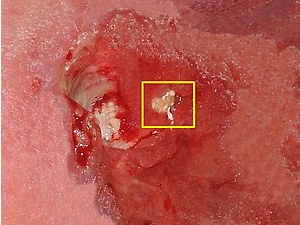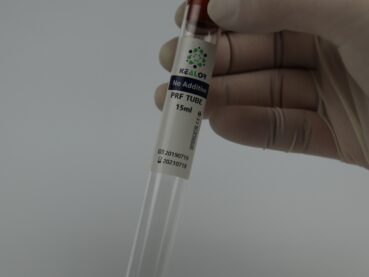Introduction
The bond between humans and animals is a special one that has spanned centuries, encompassing companionship, assistance, and even competition. Just as humans face the challenges of aging and health concerns, so do our beloved animal companions. One such challenge that both horses and dogs often encounter is joint diseases, which can greatly affect their quality of life and performance. In recent years, the introduction of Platelet-Rich Plasma (PRP) therapy has brought new hope to the realm of veterinary medicine, offering a promising solution for managing joint diseases in these animals. In this blog, we will delve into the world of PRP kits and their application in treating joint issues in horses, dogs, and other animals.
Understanding Joint Diseases
Joint diseases, such as osteoarthritis, are common afflictions that can significantly impact the well-being of horses, dogs, and other animals. These conditions can lead to pain, reduced mobility, and decreased overall vitality, affecting not only the animal’s physical health but also their emotional state. The desire to alleviate suffering and enhance the quality of life for these creatures has driven the development of innovative medical solutions like PRP therapy.
The Science Behind PRP Therapy
Platelet-Rich Plasma (PRP) therapy is a cutting-edge treatment that capitalizes on the body’s own healing abilities. PRP is derived from the animal’s own blood and contains a high concentration of platelets, growth factors, and other bioactive molecules. These components play a crucial role in tissue repair, regeneration, and reducing inflammation.
How PRP Kits Work
PRP kits are specially designed to extract and process a concentrated form of the animal’s blood, which is rich in platelets and other beneficial elements. The process involves the following steps:
- Blood Collection: A small sample of blood is drawn from the animal, usually from a vein in the neck or leg.
- Centrifugation: The collected blood is placed in a centrifuge, a machine that spins the blood at high speeds. This separates the blood components, allowing the extraction of the platelet-rich layer.
- Platelet-Rich Plasma Extraction: The separated platelet-rich layer is carefully extracted from the rest of the blood components.
- Preparation for Injection: The extracted PRP is then ready for injection into the affected joint area. The high concentration of growth factors and platelets promotes healing and regeneration in the damaged tissues.
Benefits of PRP Therapy
PRP therapy offers several benefits for animals suffering from joint diseases:
- Non-Invasive: PRP therapy is a non-invasive approach, meaning it does not require surgery, which can be particularly advantageous for animals that may not tolerate surgical procedures well.
- Reduced Pain and Inflammation: The growth factors and bioactive molecules in PRP help to reduce pain and inflammation in the affected joints, providing relief to the animal.
- Improved Healing: PRP stimulates the body’s natural healing mechanisms, promoting tissue repair and regeneration in the damaged joint tissues.
- Customized Treatment: Each PRP kit is tailored to the specific animal’s needs, ensuring a personalized treatment approach.
Applications in Different Animals
PRP therapy is not limited to horses and dogs; it can also be utilized in a wide range of animals, including cats, cows, and even exotic animals like zoo inhabitants. The versatility of PRP therapy makes it an exciting avenue for veterinarians seeking innovative solutions for joint diseases.
The journey towards improving the lives of animals affected by joint diseases has taken a significant leap with the advent of PRP therapy. As science and veterinary medicine continue to advance, our capacity to provide effective, compassionate care for our animal companions grows stronger. The use of PRP kits to treat joint diseases in horses, dogs, and other animals showcases the fusion of innovation, empathy, and expertise, demonstrating the remarkable lengths we are willing to go to enhance the lives of our furry friends.








